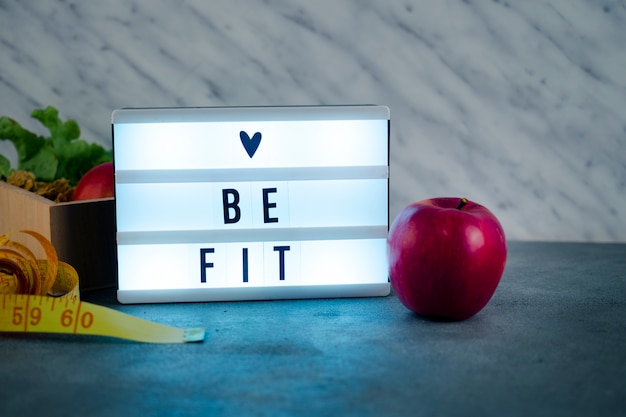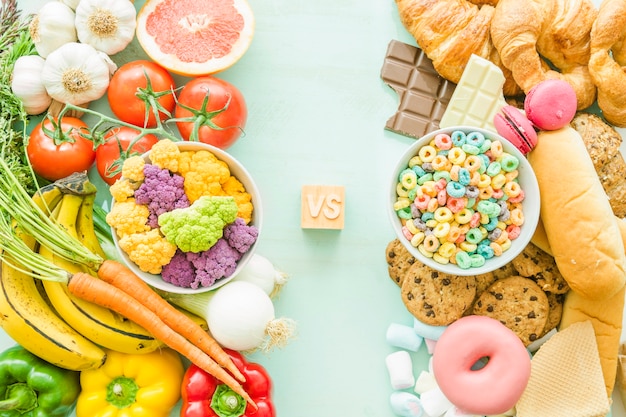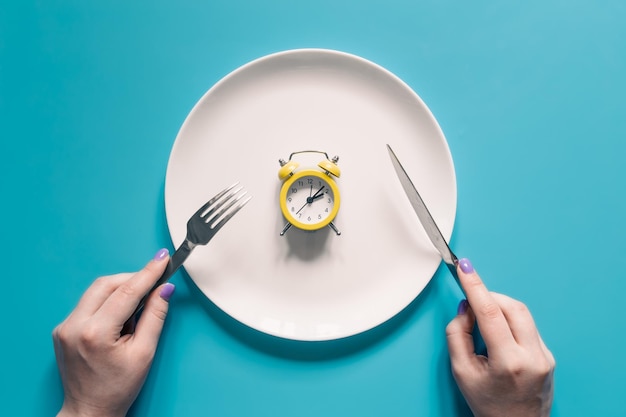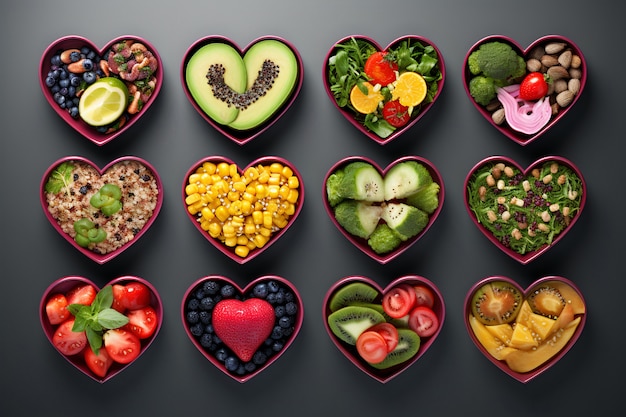Losing weight doesn’t have to mean extreme diets, hours at the gym, or giving up your favorite foods. In fact, sustainable weight loss is built on small, consistent changes supported by science. This complete checklist gives you practical routines, simple daily habits, and evidence-based guidance to help you achieve and maintain a healthy weight—without burnout.
Studies show that over 80% of people who lose weight regain it within a few years. The problem? Most weight loss plans rely on restriction and short-term effort. Real success comes from building habits that fit your lifestyle.
The key principles of lasting weight loss include:

Aim for 0.5 to 1 kg (1–2 lbs) per week. This pace is sustainable and more likely to result in long-term success. Use a journal or app to track progress beyond the scale—like energy levels, clothing fit, and mood.
Drink a glass of water as soon as you wake up. Dehydration can mimic hunger, and starting your day hydrated supports metabolism and digestion. Add a slice of lemon for flavor if desired.
Protein increases satiety and reduces cravings. Choose options like eggs, Greek yogurt, cottage cheese, or a smoothie with protein powder. Research shows high-protein breakfasts help reduce calorie intake later in the day.
Use smaller plates, measure servings, and avoid eating straight from packages. A simple trick: fill half your plate with vegetables, one-quarter with lean protein, and one-quarter with whole grains.
You don’t need long workouts. A brisk 10-minute walk after meals can improve blood sugar control and burn extra calories. Over time, these short bursts add up.

Muscle burns more calories at rest than fat. Incorporate bodyweight exercises like squats, push-ups, and lunges—or use resistance bands or dumbbells. Just 20 minutes, two times a week, can make a difference.
Poor sleep disrupts hunger hormones like ghrelin and leptin, increasing appetite and cravings. Stick to a consistent bedtime and create a calming routine—dim lights, avoid screens, and keep your bedroom cool.
Chronic stress raises cortisol, which is linked to abdominal fat storage. Try 5 minutes of deep breathing, meditation, or journaling daily. Even short mindfulness practices can reduce emotional eating.
Use a food diary or app for 1–2 weeks to become aware of what and how much you eat. You don’t need to log forever—just long enough to spot patterns like late-night snacking or sugary drinks.
Soda, energy drinks, and sweetened coffee can add hundreds of empty calories daily. Swap them for water, herbal tea, or sparkling water with fruit. Similarly, reduce intake of packaged snacks, fast food, and processed meals.

Fiber-rich foods like vegetables, fruits, legumes, and whole grains keep you full longer and support gut health. Aim for at least 25–30 grams per day. Start by adding one extra serving of veggies to each meal.
Eat slowly, chew thoroughly, and avoid distractions like TV or phones. It takes about 20 minutes for your brain to register fullness. Slowing down helps prevent overeating.
Weight loss isn’t about perfection—it’s about progress. Use this checklist as a guide, not a rigid rulebook. Pick 2–3 habits to focus on first, master them, then add more. Small changes, consistently applied, lead to big results over time.
Remember: Your journey is personal. Celebrate non-scale victories, stay patient, and trust the process.

Health

Health

Health

Health

Health

Wellness

Wellness

Fitness

Health

Wellness

Wellness

Fitness

Health

Fitness

Health

Health